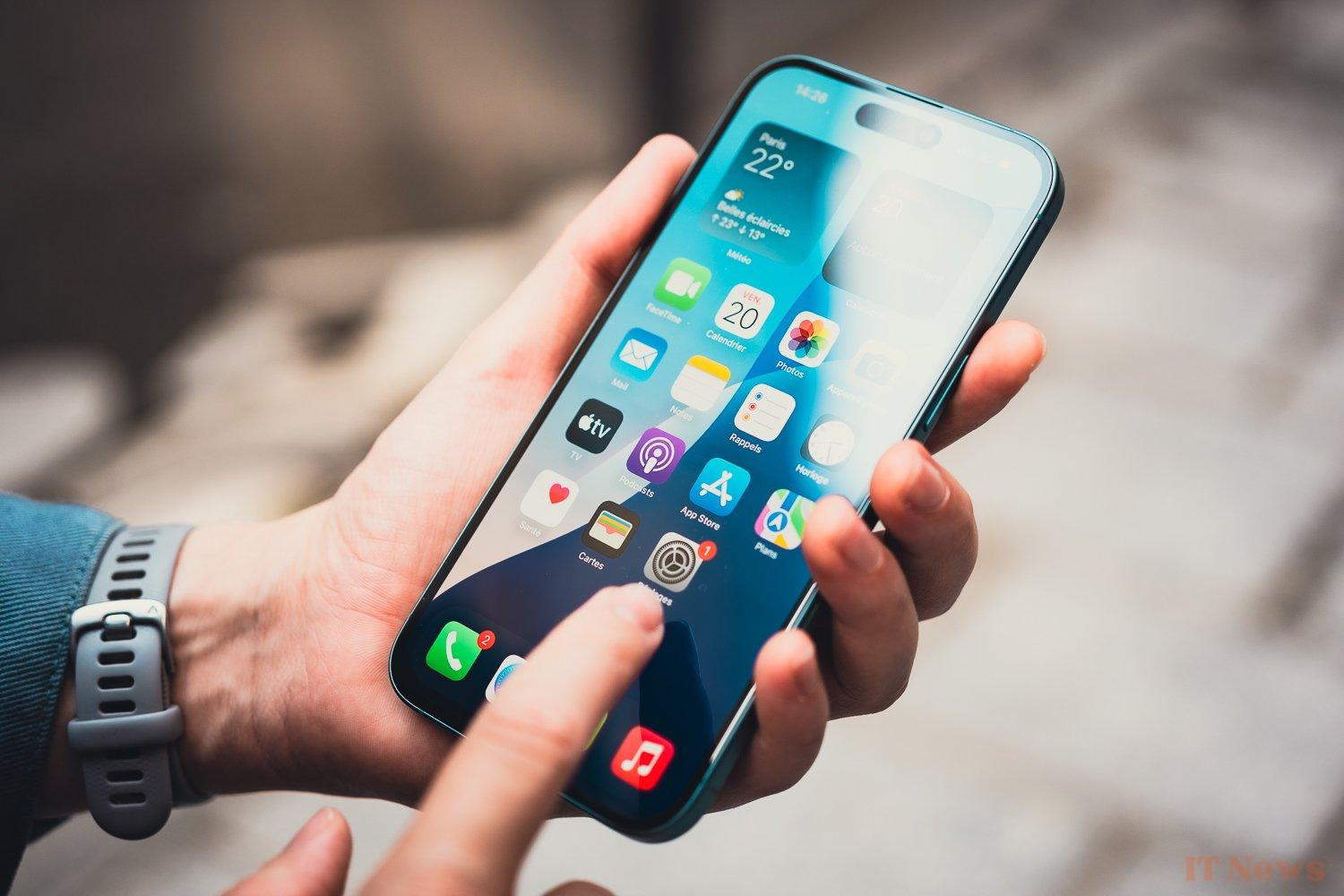Since the launch of the iPhone 13 and 13 Pro, the same debate has been raging in the comments around the new generations of iPhone: is it normal to pay so much for a 60 Hz screen?
These discussions could end with the iPhone 17. The leaker Setuna Digital (Weibo) confirmed an initial rumor at the end of December by stating: "The iPhone 17 series, including the standard version, will use Samsung M14 OLED panels." In short, all iPhone 17s would integrate the same high-end panel already present on the iPhone 16 Pro.
What is this story about 60 Hz on the iPhone?
For those who haven't been following, let's summarize the subject in a few words. The iPhone 13 Pro introduced for the first time ProMotion, a marketing term used by Apple to talk about smoother screens capable of varying their refresh rate from 10 to 120 Hz. A choice that was justified at a time when the entire market was shifting towards this famous 120 Hz, including at the entry level. The smallest Redmi Note 14 at 200 euros includes it.
Except that during this period and until today on all its basic iPhones, from the iPhone 13 to the iPhone 16, Apple has for its part made a choice, we would say questionable. That of continuing to integrate a 60 Hz screen, although sold at a high price, 969 euros for the basic iPhone 16.
It is still necessary to qualify this. Of course, the value proposition on the screen is not very good on paper. But let's be honest about one thing: the vast majority of users don't notice this flaw. There are two reasons for this:
- the average iPhone user buys an iPhone so as not to have to worry about technical issues, Apple's famous "it just works";
- iOS animations are particularly successful and neat and avoid the jerky feeling that can be felt on some 60 Hz smartphones.
However, this choice by Apple was still an anomaly. If the rumor were to be confirmed around September 2025, the likely launch month of the future iPhone 17, that would be very good news. Let's hope that this improvement does not justify a price increase.



0 Comments